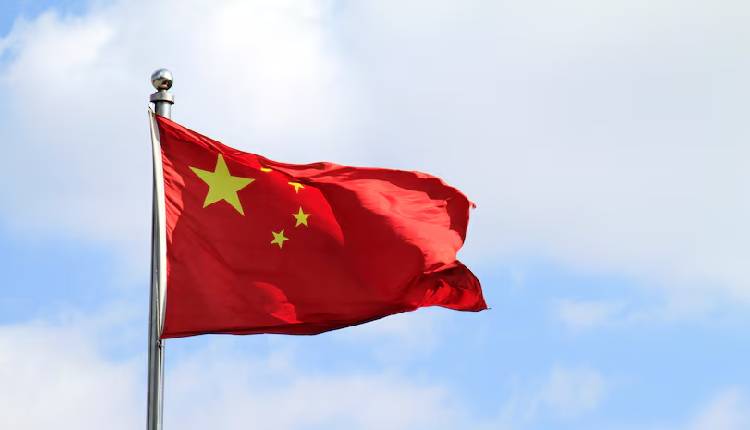Chinese leaders have agreed to increase the budget deficit to four per cent of GDP next year, the highest ever recorded. They also aim to maintain economic growth at around five per cent.
This decision follows a “more proactive” fiscal policy discussed in recent meetings. The initial target for 2024 was three per cent of GDP. The details were agreed upon during the Central Economic Work Conference.
An extra one percentage point of GDP spending equals around 1.3 trillion yuan ($179.4 billion). The sources, who preferred to remain anonymous, said that more stimulus will be financed by issuing off-budget special bonds.
These targets are typically revealed at the annual parliament meeting in March and may be subject to change before the legislative session.
The State Council Information Office and the finance ministry did not respond to a request for comment from Reuters.
China is preparing for a stronger fiscal stimulus next year to offset the impact of anticipated US tariff increases when Donald Trump resumes office in January.
China will keep its GDP growth target at around five per cent in 2025, according to two sources.
A state media summary of the closed-door CEWC emphasised the need for steady economic growth, suggesting an increase in the fiscal deficit ratio and government debt issuance next year.
Reuters previously reported that government advisers recommended against lowering the growth target.
China’s economy has been struggling this year due to a property crisis, high local government debt, and weak consumer demand.
The threat of US tariffs, which could exceed 60 per cent, has caused concern for Chinese manufacturers who sell over $400 billion worth of goods to the United States annually. As a result, many companies are moving production overseas to avoid these tariffs.
Exporters warn that the levies will reduce profits, impacting jobs, investment, and economic growth. They could worsen China’s industrial overcapacity and deflationary pressures.
The CEWC and Politburo meetings hinted at a shift to a looser monetary policy, potentially leading to more interest rate cuts and liquidity injections.
Attribution: Reuters
Subediting: M. S. Salama



